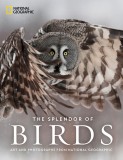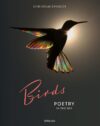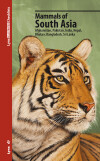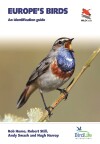March 20, 2019
New Book: Peterson Reference Guide to Sparrows of North America
News, Book News | Comments (0)
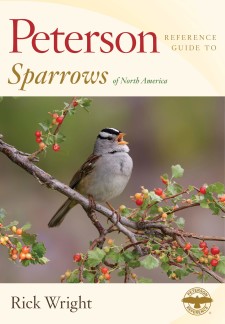 Peterson Reference Guide to Sparrows of North America
Peterson Reference Guide to Sparrows of North America
by Rick Wright
From Houghton Mifflin Harcourt:
Sparrows are as complicated as they are common. This is an essential guide to identifying 76 kinds, along with a fascinating history of human interactions with them.
What exactly is a sparrow? All birders, and many non-birders, have essentially the same mental image of a pelican, a duck, or a flamingo, and a guide dedicated to waxwings or kingfishers would need nothing more than a sketch and a single sentence to satisfactorily identify its subject. Sparrows are harder to pin down. This book covers the birds of the family Passerellidae, which includes towhees, juncos, and dozens of other not necessarily small and not necessarily brown birds.
Birds have a human history, too, beginning with their significance to native cultures and continuing through their discovery by science, their taxonomic fortunes and misfortunes, and their prospects for survival in a world with ever less space for wild creatures. This book includes not just facts and measurements, but stories of the birds’ entanglement with human history.
Despite the publisher’s claim above, this isn’t an identification guide (though it does have some information on ID), but rather a family natural history guide. However much this may look like the previous entries in this excellent series, though, once you start reading it you will find that it is unlike any other family reference guide. Instead of sticking with just the birds’ natural history, it deals greatly with their history with people.
Peterson Reference Guide to Sparrows of North America
by Rick Wright
Hardcover; 448 pages
Houghton Mifflin Harcourt; March 19, 2019
ISBN: 9780547973166
$35.00


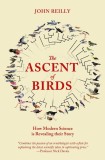
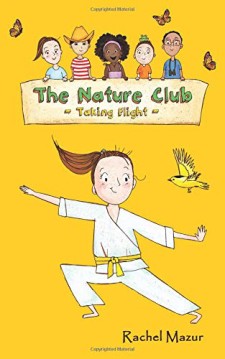 Taking Flight (The Nature Club Book 1)
Taking Flight (The Nature Club Book 1)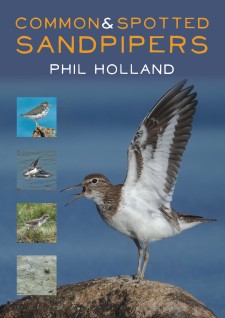 Common & Spotted Sandpipers
Common & Spotted Sandpipers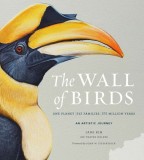
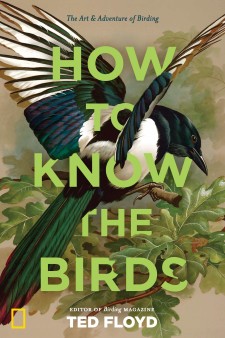 How to Know the Birds: The Art and Adventure of Birding
How to Know the Birds: The Art and Adventure of Birding Peterson Reference Guide to Sparrows of North America
Peterson Reference Guide to Sparrows of North America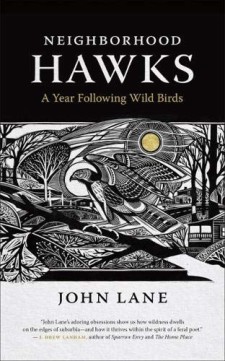 Neighborhood Hawks: A Year Following Wild Birds
Neighborhood Hawks: A Year Following Wild Birds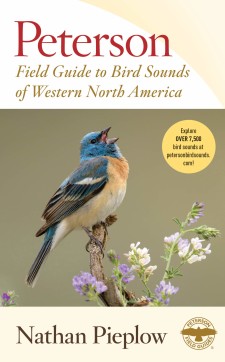 Peterson Field Guide to Bird Sounds of Western North America
Peterson Field Guide to Bird Sounds of Western North America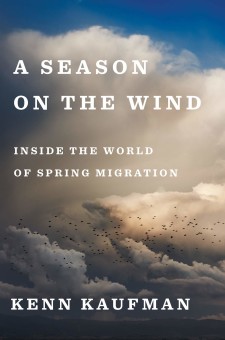 A Season on the Wind: Inside the World of Spring Migration
A Season on the Wind: Inside the World of Spring Migration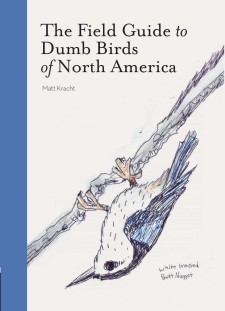 The Field Guide to Dumb Birds of North America
The Field Guide to Dumb Birds of North America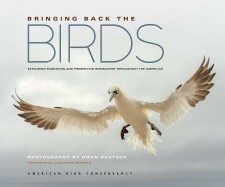 Bringing Back the Birds: Exploring Migration and Preserving Birdscapes throughout the Americas
Bringing Back the Birds: Exploring Migration and Preserving Birdscapes throughout the Americas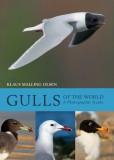
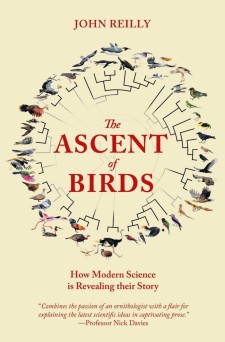
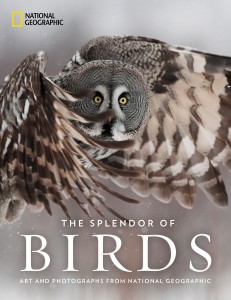 The Splendor of Birds: Art and Photographs From National Geographic
The Splendor of Birds: Art and Photographs From National Geographic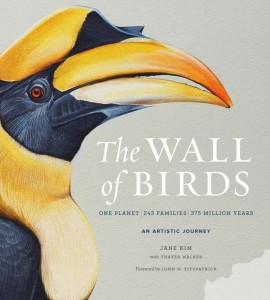 The Wall of Birds: One Planet, 243 Families, 375 Million Years
The Wall of Birds: One Planet, 243 Families, 375 Million Years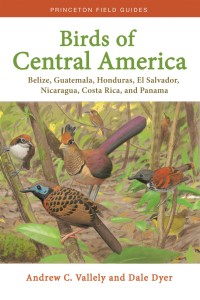 Birds of Central America: Belize, Guatemala, Honduras, El Salvador, Nicaragua, Costa Rican, and Panama
Birds of Central America: Belize, Guatemala, Honduras, El Salvador, Nicaragua, Costa Rican, and Panama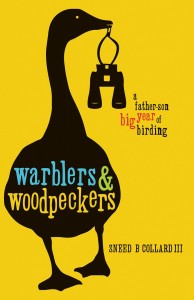 Warblers & Woodpeckers: A Father-Son Big Year of Birding
Warblers & Woodpeckers: A Father-Son Big Year of Birding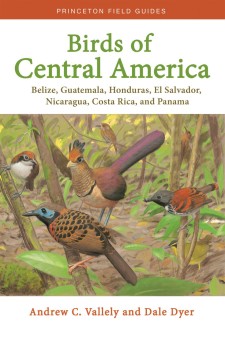 Birds of Central America: Belize, Guatemala, Honduras, El Salvador, Nicaragua, Costa Rican, and Panama
Birds of Central America: Belize, Guatemala, Honduras, El Salvador, Nicaragua, Costa Rican, and Panama